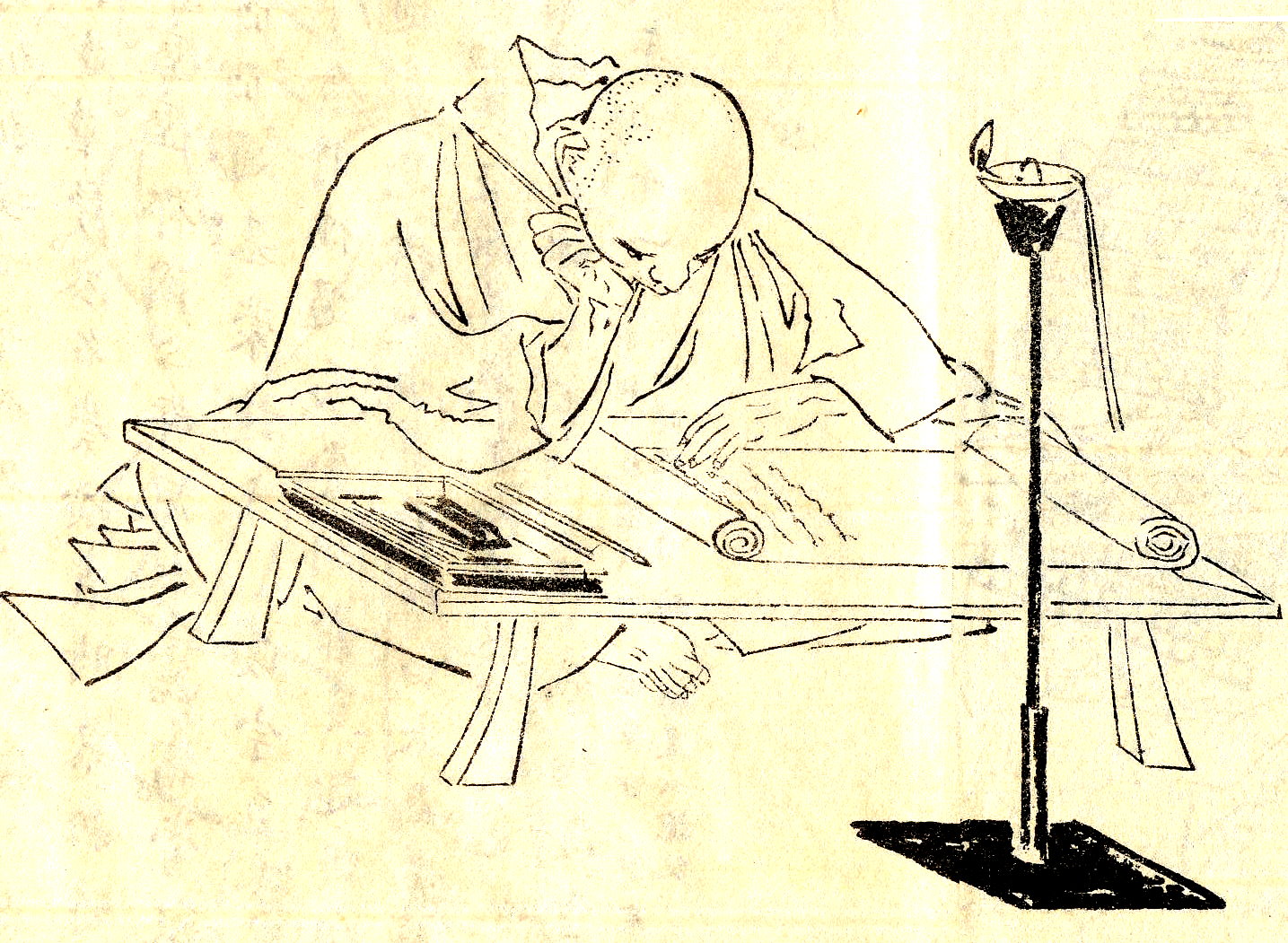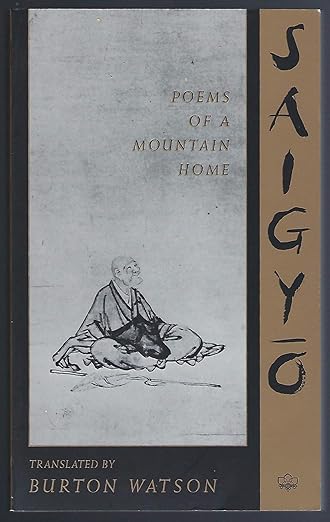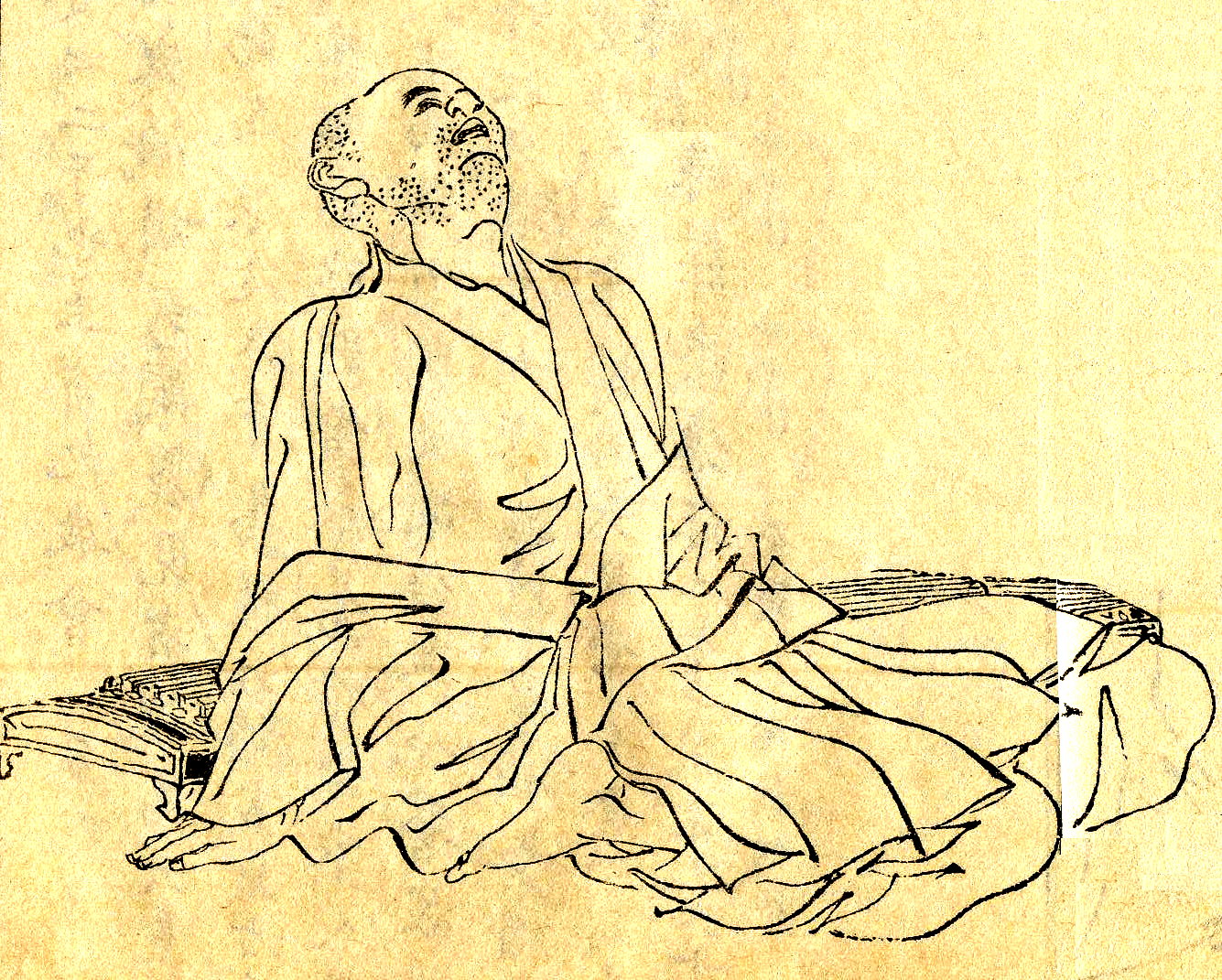
Suki
Suki could take two different forms. The first was to invoke the four seasons with one’s surroundings, leaving worldly affairs behind to commune with flowers, birds, wind, and moon─and then to express this in poetry, prose, or music. This was a type of aesthetic hermitage known as tonze, also referred to as wabi-zumai (“living in genteel poverty”): the same word that appears in the stock haiku expression “living in poverty [wabi-zumai] in the hamlet of Negishi,” describing the area of Tokyo that was home to the poet Masaoka Shiki (1867-1902), among others.
The other method was to travel in search of aesthetic experience in what was known as hyōhaku, drifting or wandering. This word appears in the opening prose passage of Bashō’s most celebrated travel diary, Oku no hosomichi (The Narrow Road to the Deep North, 1689): “For some time since I know not when, tempted by the torn clouds adrift on the wind, I have been unable to suppress my desire for wandering [hyōhaku].”



